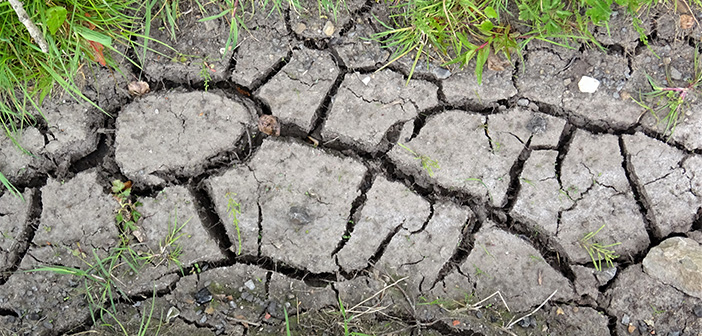Growers across southern Europe are either already under irrigation restrictions or likely to be facing them as the run of unusually dry weather which began last year has continued through the winter and into spring.
The European Commission’s Joint Research Centre (JRC) reported in March that conditions in Portugal, southern Spain, south-east France, northern and western Italy, the Balkans and parts of North Africa on the Mediterranean coast were ‘raising concern’.
“The dry and warm winter of 2023 is affecting mainly France, Italy and Spain,” it said. “Effects of the 2022 drought are still perceptible in some areas; a winter drought following a dry year implies that water buffers in the snow pack, groundwater and reservoirs are already low and any further precipitation and temperature anomaly may affect water availability and supply.”
France is already planning for possible spring and summer water shortages and in some areas farmers and growers have already been told to cut water consumption by half. More than three-quarters of the country’s water tables remain below the monthly average with levels significantly lower since December 2021.
In northern and central Italy, the prolonged dry period has caused levels in reservoirs (including in the form of snow packs in the mountains) to drop significantly, leading to concern about water availability for irrigation later in the year. In Lombardy, for example, available water resources are less than half the levels normally expected.
Reservoir levels in southern Spain are between 25% and 40% of average for the time of year. The country was declared in drought in March. At the same time regions around Barcelona, and also Catalonia in the north-east, imposed irrigation restrictions.
Read more news and features from the UK’s only publication dedicated to growers of field vegetables, outdoor salad and potatoes in our monthly publication The Vegetable Farmer.














